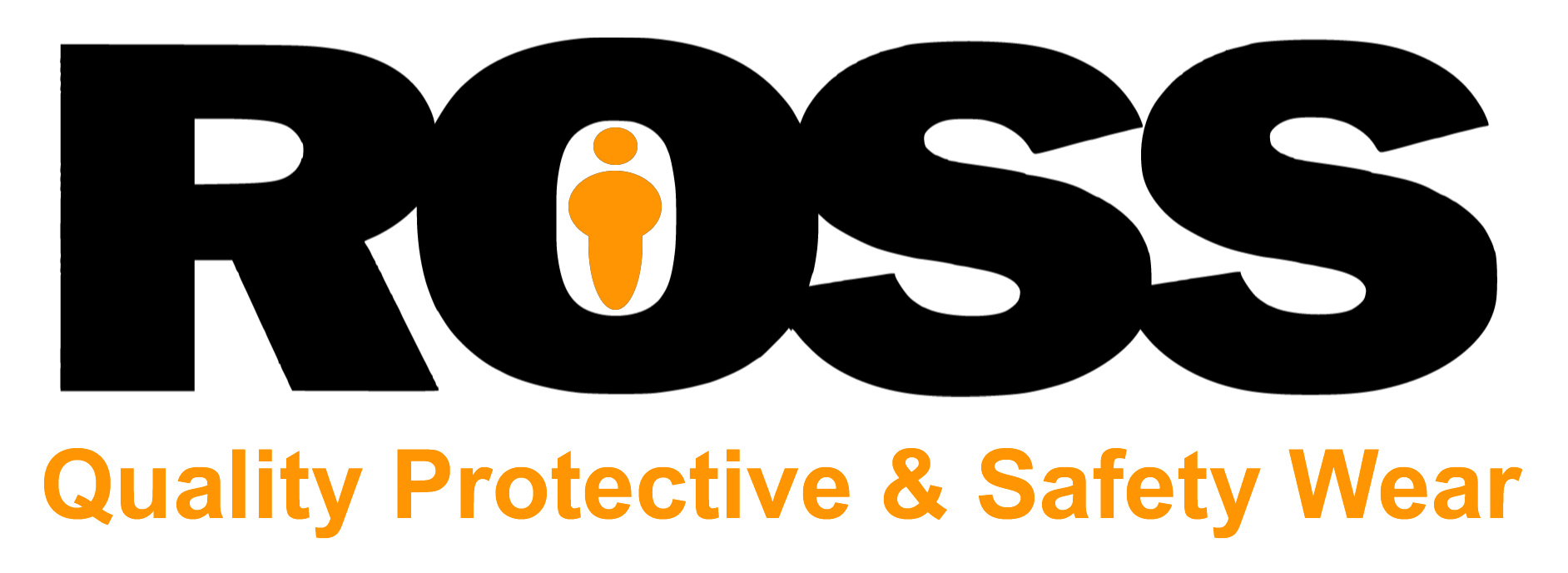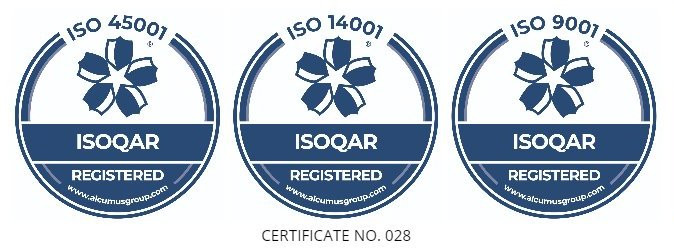ARC FLASH SAFETY
J & K Ross is committed to protecting lives. Our PPE is of the highest quality and is an essential last line of defence against life-threatening electrical hazard.
It is essential before procuring protective equipment for yourself or your employees that you have carried out a full arc flash study to assess the level of risk and that you are employing all possible hazard mitigation measures.
J & K Ross partner with Electrical Safety UK, leaders in electrical safety and creators of the 4P model for arc flash hazard management. If you have not yet had an arc flash study, please contact us to arrange one as soon as possible.
Arc Flash Hazard Management – The 4Ps
ESUK’s 4P model highlights four core principles in managing an arc flash hazard:
- PREDICT
- PREVENT
- PROTECT
- PUBLISH
PREDICT the arc flash hazard by completing an arc flash study
In predicting the severity of the thermal effect of an arc flash, it is recommended that the IEEE 1584 Guide for Performing Arc Flash Hazard Calculations 2002 is used, which is an auditable standard and widely accepted in the electrical engineering community. The calculations take into account distance to worker, conductor gap, voltage, prospective fault current and disconnection time.
PREVENT the arc flash hazard by implementing risk control measures.
Where the arc flash hazard cannot be eliminated then suitable risk controls should be in place (preventative or protective measures). The need for risk assessment is embodied in the Management of Health and Safety at Work Regulations 1999 (MH&SAW Regs) Risk control measures should look at preventing the incident rather than mitigating against it. The first line of defence therefore must be prevention.
PROTECT from arc flash injury with correctly rated Personal protective equipment
Where the risk cannot be controlled by prevention or where there is a residual risk of injury then it may be necessary to consider mitigation to prevent injury to the worker. The requirement for and suitability of mitigation techniques must form an essential element of any risk assessment. Where protection against the thermal effects becomes necessary it must be emphasised that PPE does not prevent the accident happening in the first place.
PUBLISH RISK ASSESSMENTS AND CONTROL MEASURES AND TRAIN ALL AFFECTED PERSONNEL
Risk Assessments must be recorded and may also require that field marking of equipment. Safe systems of work, safety rules and procedures should be implemented and trained. Risk Assessments need to document the hazard severity and the risk control measures. Wherever possible these should be dynamically produced and task based. They should be available to the person carrying out the work who will reassess such things as environmental conditions and equipment state.
Hierarchy of Risk Control Measures
The ultimate goal of an arc flash risk assessment is to prevent the occurrence of an arc flash incident.
The hierarchy of risk control measures involves first eliminating risk where possible before reducing risk that is impossible to eliminate. Then informing and training workers to understand the nature of the arc flash hazard, controlling the risk with safety rules and procedures before, finally, protecting against the risk with personal protective equipment.

PPE is the last line of defence. When all other risk mitigation activities have been performed, PPE is the final thing standing between an arc flash incident and serious, life threatening injury.
Understanding exactly what level of protection your PPE needs to convey in relation to the severity of the risk is essential. Incorrectly rated PPE is a life-threatening hazard.

ArcBan™ is the ultimate in Arc Flash PPE. Lightweight, comfortable and made from the highest performance protective textiles.






